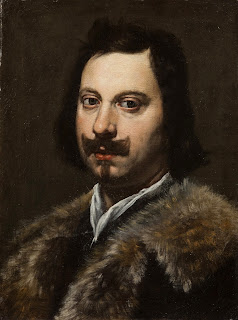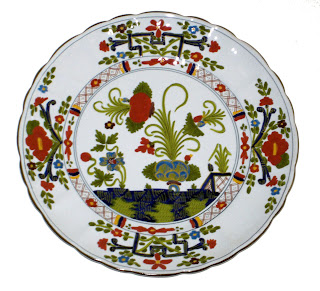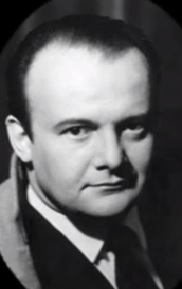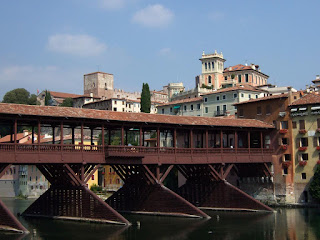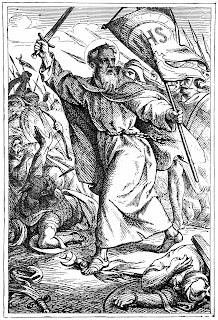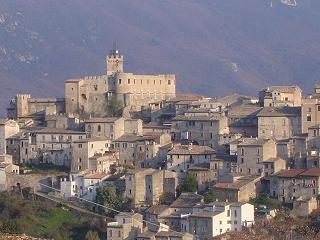Fascinating city retains influences from past rulers
 |
| The harbour of Trieste in 1885, when it was still under the control of Austria |
Trieste is now the capital of the Friuli-Venezia Giulia region, one of the most prosperous areas of Italy.
The city lies towards the end of a narrow strip of land situated between the Adriatic Sea and Slovenia and it is also just 30 kilometres north of Croatia.
Trieste has been disputed territory for thousands of years and throughout its history has been influenced by its location at the crossroads of the Latin, Slavic and Germanic cultures.
 |
| Remnants of Trieste's Roman past are still visible |
In 788 Trieste was conquered by Charlemagne on behalf of the French but by the 13th century was being occupied by the Venetian Republic.
Trieste fell into French hands during the time of Napoleon but then became part of Austrian territory again.
Italy annexed Trieste at the end of the First World War after finishing on the winning side. By the 1930s, thousands of the resident Slovenians had left Trieste to go and live in either Yugoslavia or South America.
During the Second World War the city was occupied by German troops but after briefly being occupied by communist Yugoslavia it was taken back by the Allies in 1945 and came under a joint British and US military administration.
 |
| Trieste today is a busy city of many dimensions |
The final border with Yugoslavia was settled in 1975 with the Treaty of Osimo and this is now the present day border between Italy and Slovenia.
In 2012, Lonely Planet called Trieste ‘the world’s most underrated travel destination’.
 |
| Inside one of Trieste's typical cafés |
As well as Italian, the local dialect Triestino is spoken along with Slovenian, German and Hungarian.
If you stroll along the sea front you experience the atmosphere of being in a major Italian port and there are many excellent fish restaurants to try. Away from the sea you will find restaurants serving traditional Italian, Friulian, Slovenian, Hungarian and Austrian dishes.
Look out for Tocai Friulano, sometimes just labelled Friulano, which is a good quality, local white wine.
When in Trieste, visit one of the typical coffee houses that date back to the Hapsburg era, such as Caffe Tommaseo, the oldest café in the city. Or, find out why Irish writer James Joyce enjoyed living in Trieste for so many years by dropping into his favourite bar, Caffe Pirona.
 |
| Trieste's Canal Grande has echoes of Venice |
You could imagine yourself to be in Venice if you linger at a table outside one of the bars or restaurants at the side of Canal Grande, an inlet in the centre of Trieste with moorings for small crafts that is reminiscent of the Grand Canal.
More reading
Writer from Trieste immortalised by James Joyce in his epic novel Ulysses
The fall of the Republic of Venice
Home
